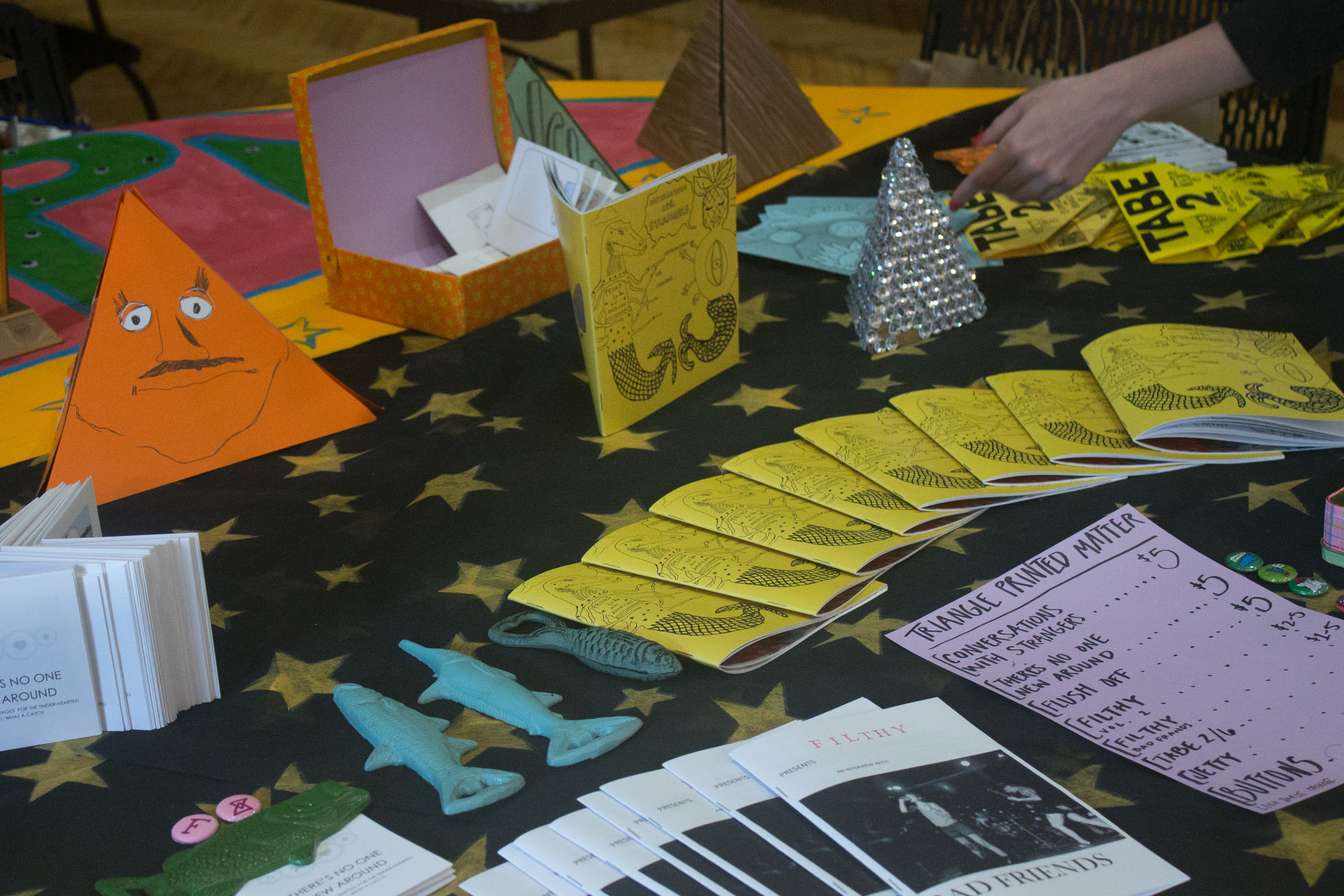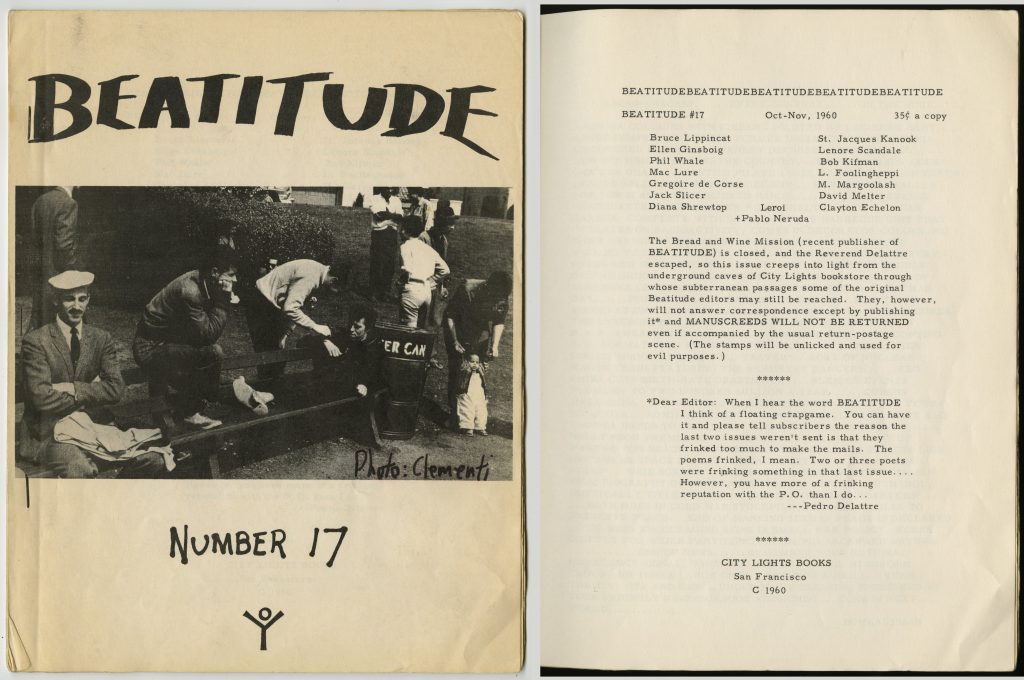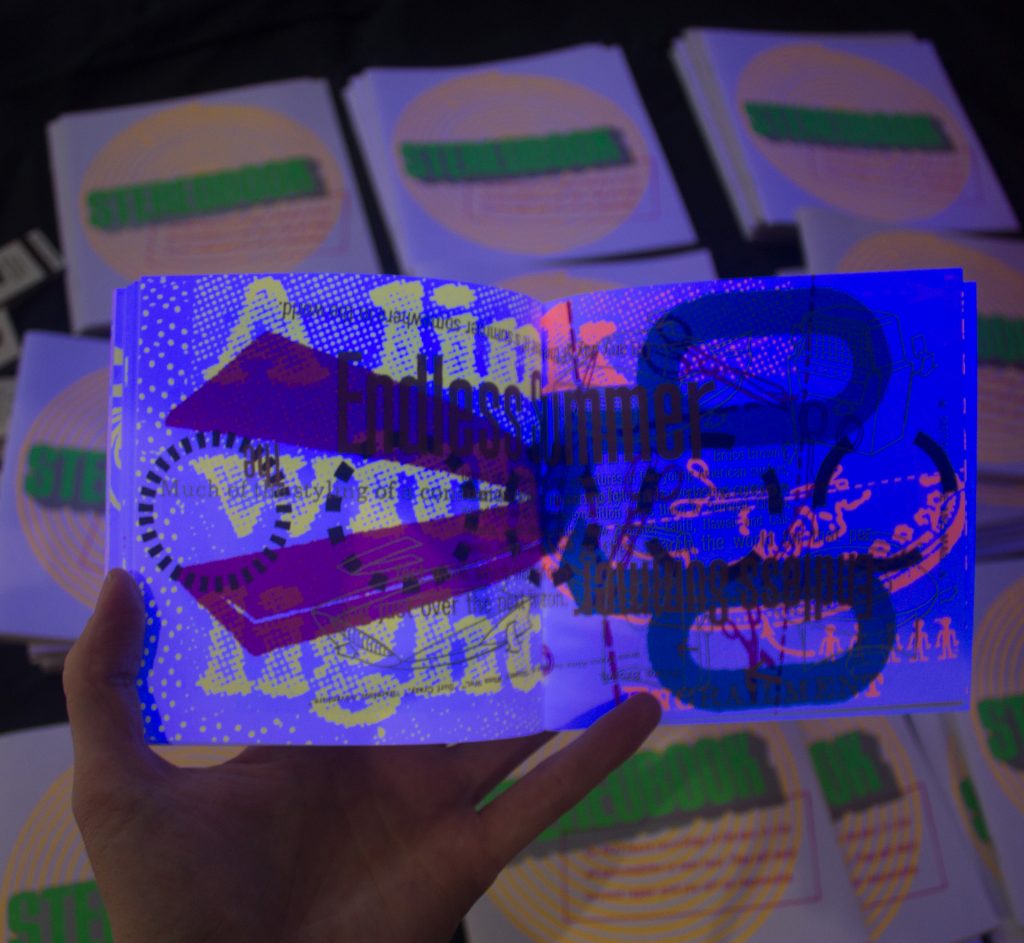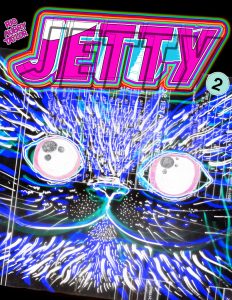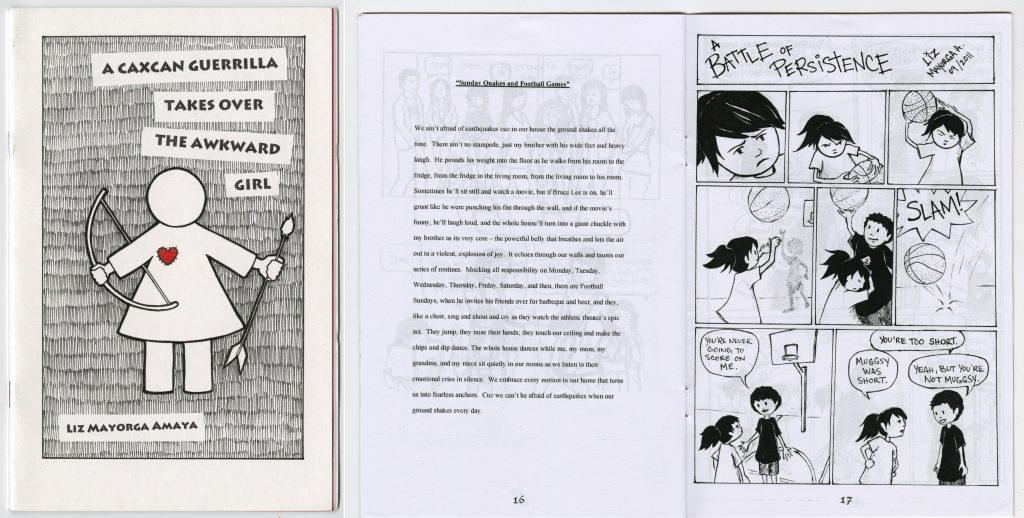A unique set of comics, graphic novels, manga, fanzines, trading cards and more has made its way to the shelves of Wilson Library and is ready for research. This new collection, the Mexican Comic Collection, focuses on comic material created in Mexico. The dates of the materials range from 1998 to 2015, with the bulk of the materials dating between 2010 and 2015. The collection gives a broad picture of current comic books and graphic novels in Mexico, also showing the growing interest in Spanish manga that began in the late nineties.
Due to the nature of the collection and the common use of pseudonyms, self-publishing, and other peculiarities, I had to get creative in learning about these pieces in order to bring the collection together. In fact, author and illustrator pages on Facebook and Twitter were incredibly useful in learning the context of these works and how they were created, as well as who might be behind the pseudonyms.
There are a number of collection highlights that will be of interest for anyone looking to learn more about and access recent Mexican comic books and graphic novels.
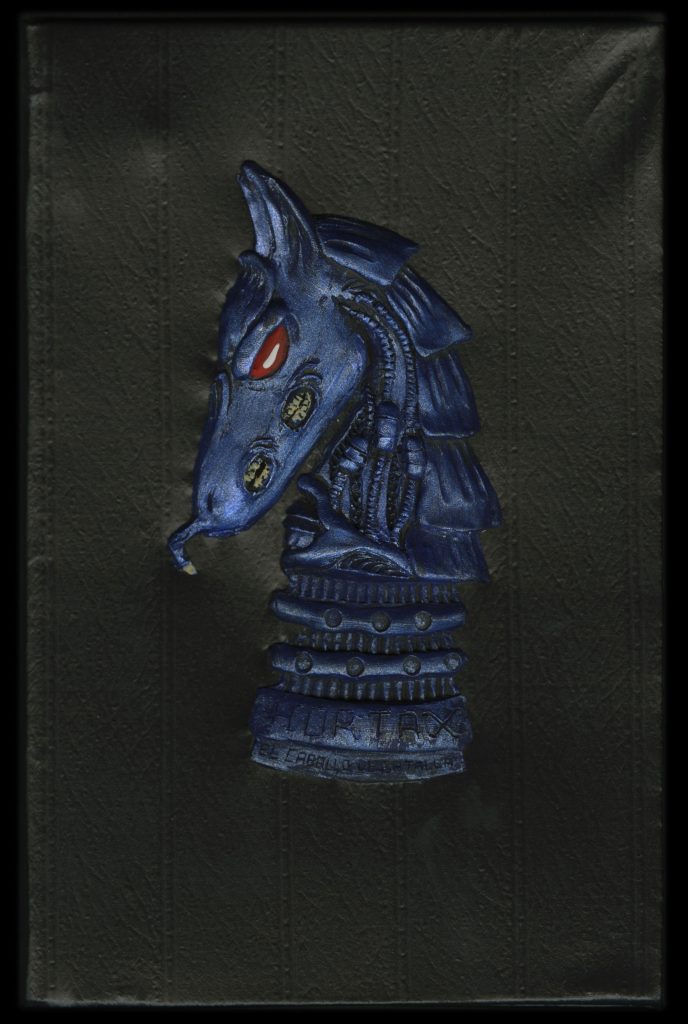
The collection holds quite a few items from Gerardo Valdez’s El lider fantasma, including the original series, a book of artwork, manga, and two copies of El lider fantasma: Hortax el caballo de batalla (2011). You can learn more about the series here or on this website, dedicated to the study and distribution of comics in Mexico. The volume pictured here is very unique, and if you head to the character’s Facebook page, you can see what Hortax the war horse might look like as an action figure.
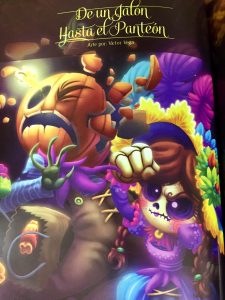
Among the collection pieces devoted to comic book history and art, of particular interest is an artbook collecting comic depictions of La Catrina, a popular icon of Mexican art. The figure of La Catrina is attributed to Mexican printmaker and cartoon illustrator José Guadalupe Posada (see an image of his original print from between 1910 and 1913 here). This image of a female skeleton dressed only in a hat has inspired art, makeup, sculpture, and much more ever since. La Catrina is now a symbol of both “El Día de los Muertos and the Mexican willingness to laugh at death itself,” according to David de la Torre, who was the director of the Mexican Museum in San Francisco until 2015 (Delsol 2011). You can see further examples of La Catrina in popular culture here and here.
Some pieces in the collection even have author dedications directed at UNC, including one from izzaki and one from OrenJuice (make sure to read this name aloud):
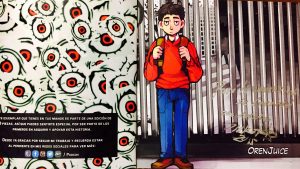

Manga is well-represented in this collection, and the serial pictured here, Doon!! mangazine, is quite active on social media. Manga has become very popular in the Mexico comic scene, and you can find a small glossary of manga terms and history on the Asamblea Comics website (Part I and Part II), written by Mario Cárdenas.

In addition to a number of issues of Comikaze, an Indie magazine devoted to Mexican and foreign comics, the collection also includes fourteen trading cards highlighting important figures in Mexican comics.
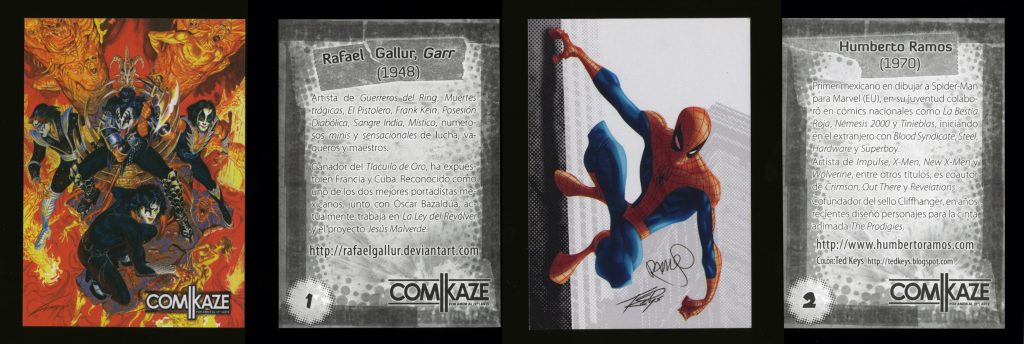
To see these items and more, stop by Wilson Library. You may also be interested in our Latino Comic Books Collection, which focuses on comic books and other graphic material by United States-born Latino writers and artists, also available in the second floor reading room of Wilson Library.

